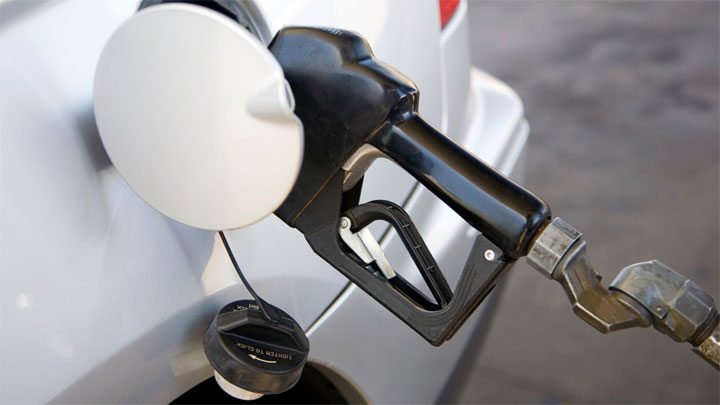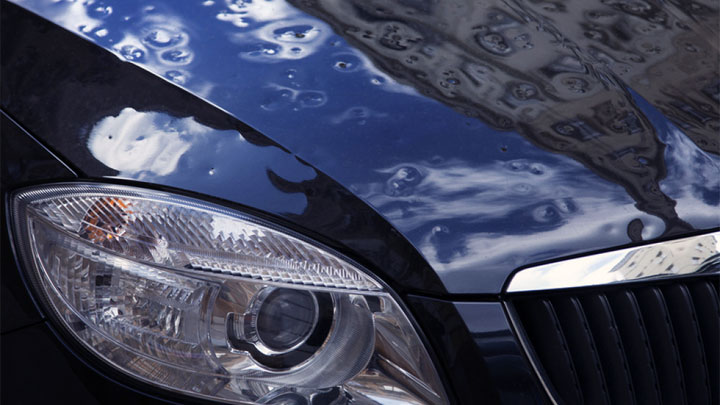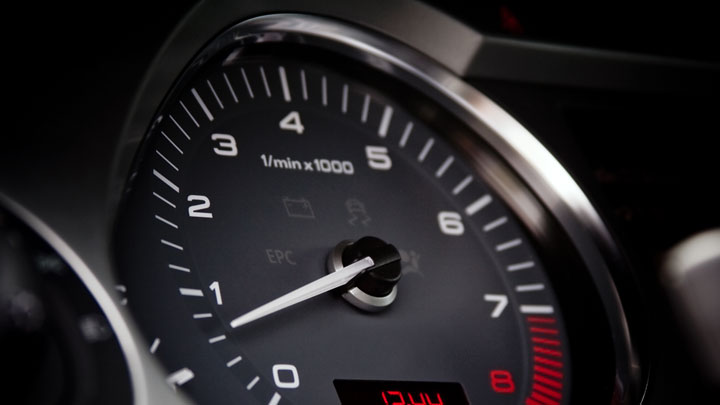Last Updated on September 27, 2022
It is possible for water to get into your vehicle’s gas tank when you’re pumping new gas into it at the gas station. The weather outside can also cause condensation to form which puts water in your gas tank as well.
Whichever way it happens, when water gets into a vehicle’s gas tank, it needs to be dealt with promptly.
See Also: 5 Reasons Water is Dripping Out of Your Exhaust
Water in Gas Tank Symptoms

The first symptom you will notice is when your vehicle doesn’t perform the same. As you put your foot on the accelerator pedal, the vehicle will hesitate before it moves faster or forward.
If you’re on the freeway, the vehicle simply won’t go as fast as you want it to. If you’re looking to pass another vehicle, your car won’t accelerate like you need it to. The car may even sputter and then randomly move at faster speeds than you want it to.
If these symptoms just occur out of nowhere, then your gas tank may have water in it. The hesitation and sputters are due to the injectors having water slugs go into them.
Since water obviously doesn’t burn the same way gasoline does, the piston is not pushing anything upward after the combustion chamber is sprayed with water and causes steam to form.
Therefore, when water is sprayed into the chamber, the injector is probably getting a water slug into it. This is what causes the sudden jolt of higher speed.
Causes of Water in Gas

Sometimes you may have contaminated gas if the suppliers of the gas didn’t mix the fuel additives properly. This will make the additives ineffective at keeping out deposits. Then, the fueling system will have varnish in it.
Alternatively, you may end up contaminating your gas if you don’t have a working gas cap and then it rains outside.
Sometimes your gas station may be at fault if its water filter/separator was bad before supplying you with the gas. If not that, then their fueling tanks could have dirt, water, or corrosion contamination or perhaps your own car’s fuel tank does.
Filtration systems are not 100% accurate, despite all the filters it has. As a result, residue and contaminants end up in your vehicle and cause damage to it.
In addition, some gas stations are a bit unethical when it comes to their fuel. While they may say their gasoline has a certain octane rating, in reality its rating may be a couple points lower due to them trying to make as much money as possible.
See Also: What to Do if Someone Puts Bleach in Your Gas Tank
How to Fix

To fix the problem, all you can do is drain the entire gas tank so you can get rid of the contaminated fuel. After that, you then fill the gas tank with new fresh fuel. Make sure the fuel system is cleaned while you’re doing this too.
Related: Sugar in a Gas Tank (What Happens?)
You also want to be sure to replace your fuel filter as well during this time. Not only can contaminated fuel cause particles to clog your filter, you’ll save yourself time in the future when fuel filter replacement would have been necessary anyway.
It is normal to have a little bit of water in your fuel tank. This little amount won’t cause the symptoms above to occur. But if you do notice these symptoms, then chances are you have enough water in your gas tank that you need to deal with it promptly.





What do I put in my tank that has bad gas?
You’ll want to siphon it out and add at least a half tank of high octane gas.